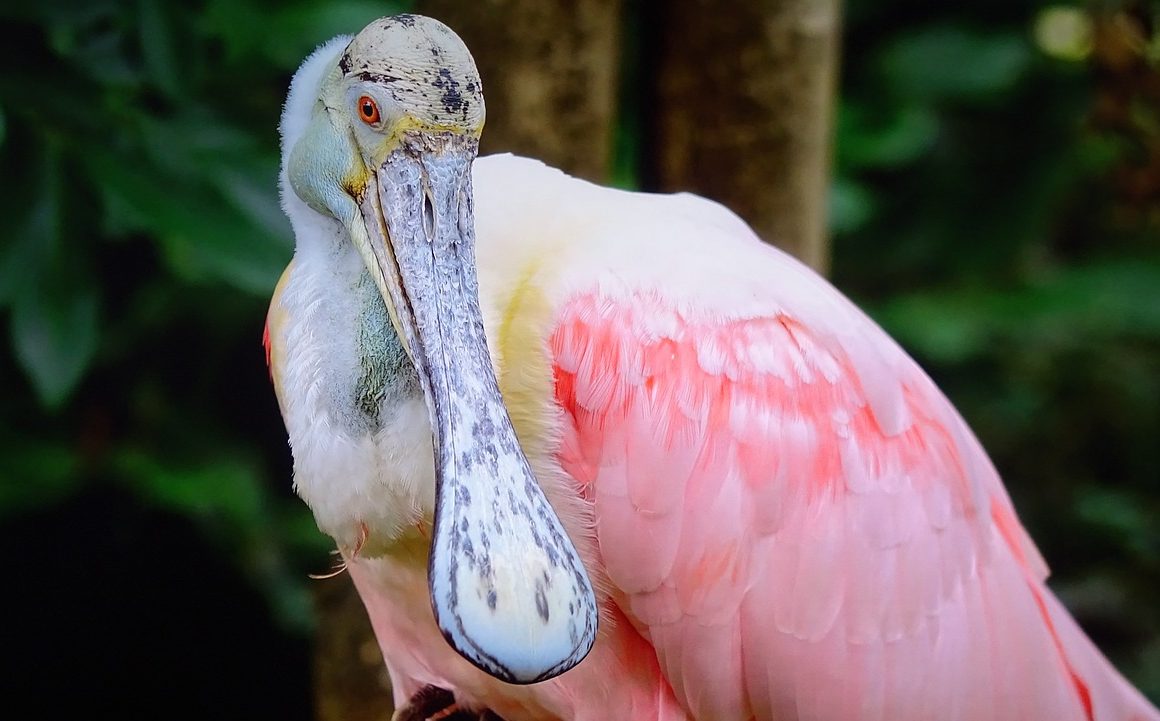
I remember my first Roseate Spoonbill. It was dawn at Ft. De Soto Park, near Tampa, FL. We had been camping with family amidst the mangroves and flats, surrounded by egrets and herons, Osprey and eagles, terns and gulls. I had been birding for only a few years at that point, and a spoonbill loomed large in my mind’s eye.
They are pink, bright pink, with their namesake bill perfectly formed for finding prey: as the Cornell Lab of Ornithology explains: “Groups sweep their spoonbills through shallow fresh or salt waters snapping up crustaceans and fish.”
We had just finished packing up the tent when coming around the shoreline, two feeding Roseate Spoonbills popped into view. Feeding vigorously, even in the low light I could see bright pink plumage; when they stood tall, I spotted their red eyes. Magic.
I didn’t know then, but I know now, as part of my work for Audubon Florida, that spoonbills are critical indicator species not only for a changing climate, but for Everglades restoration as well.
“Spoonbills are our pink canary in the coal mine. We rely on them as an indicator species to tell us when and how ecological conditions are changing throughout the Everglades. This bird is an incredible example of just that – moving around Florida Bay for the better part of two decades and helping us tell the story of where the Everglades is hurting and healing,” says Jerry Lorenz, PhD, Director of Research, Audubon Florida.
Interestingly, they have begun to expand their overall range and their breeding range northward, looking for more suitable habitat as sea level rise impacts their nesting grounds in South Florida.
I’ve seen spoonbills now not only in Tampa, but in the Everglades and all the way north to the Georgia border. They are by far one of my favorite Florida bird species!






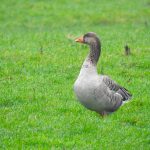
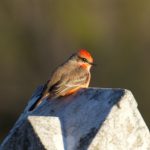
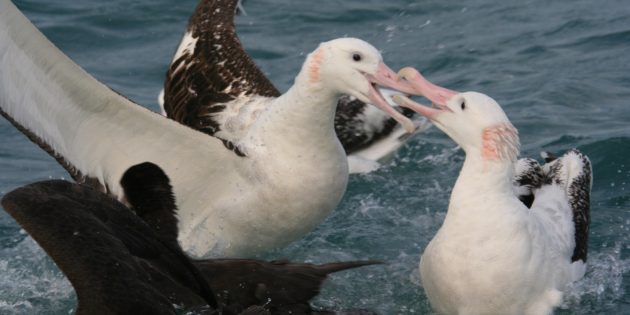
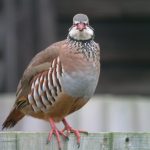
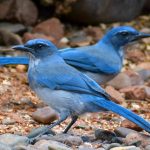
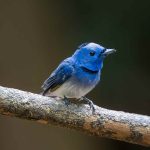
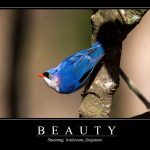
I love those pink birds, too. We were at Ding Darling on Sanibel recently. There were at least 20 spoonbills in one bay. Beautiful!
Stunning birds, but their bald heads do not enhance their looks. With their white plumage, European spoonbills aren’t nearly as striking, but they do at least have feathered heads. They are also doing well in the UK. They started nesting 15 years ago, and now have an expanding population. They are no longer rare birds here. Perhaps an indication that our wetlands are in good health?